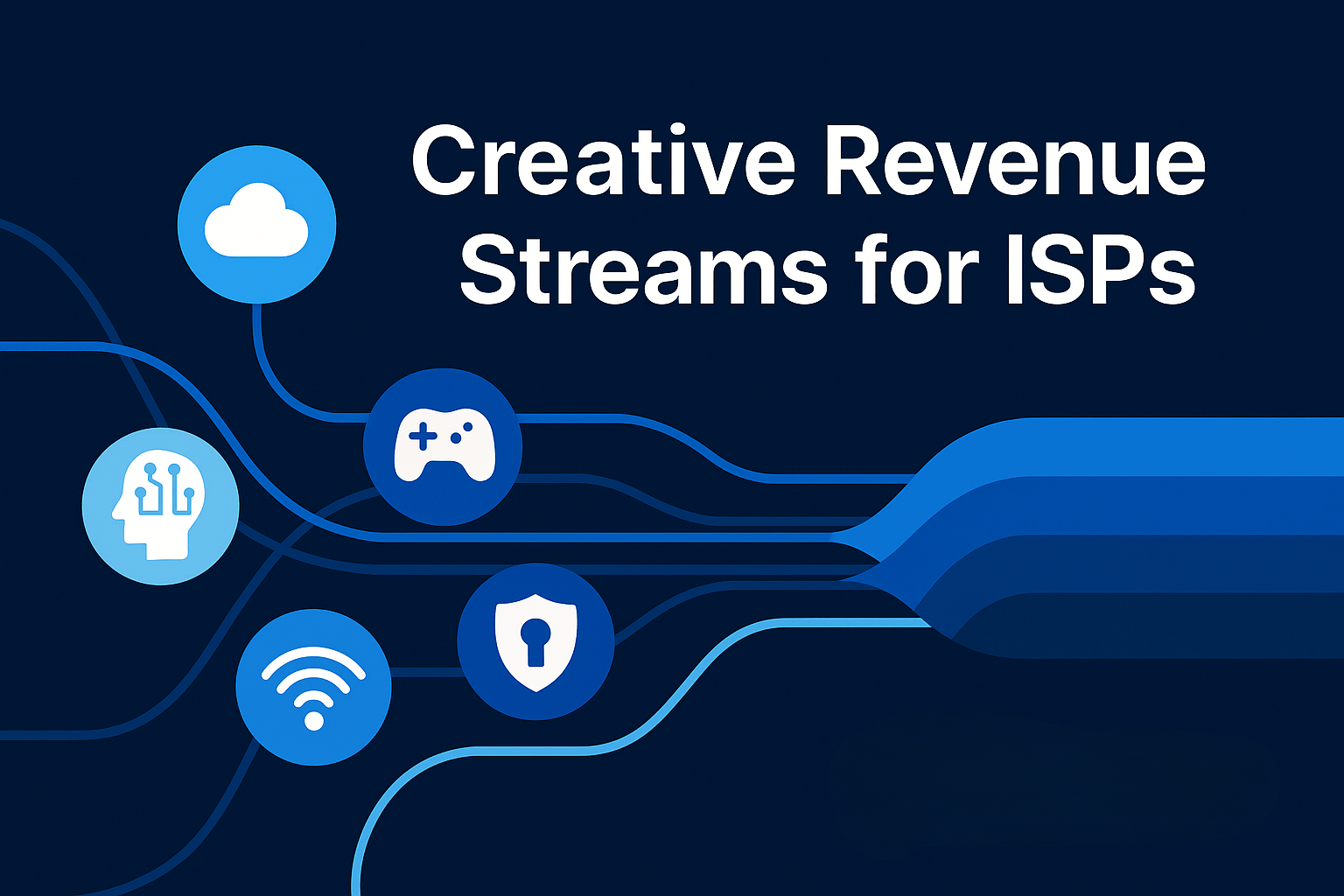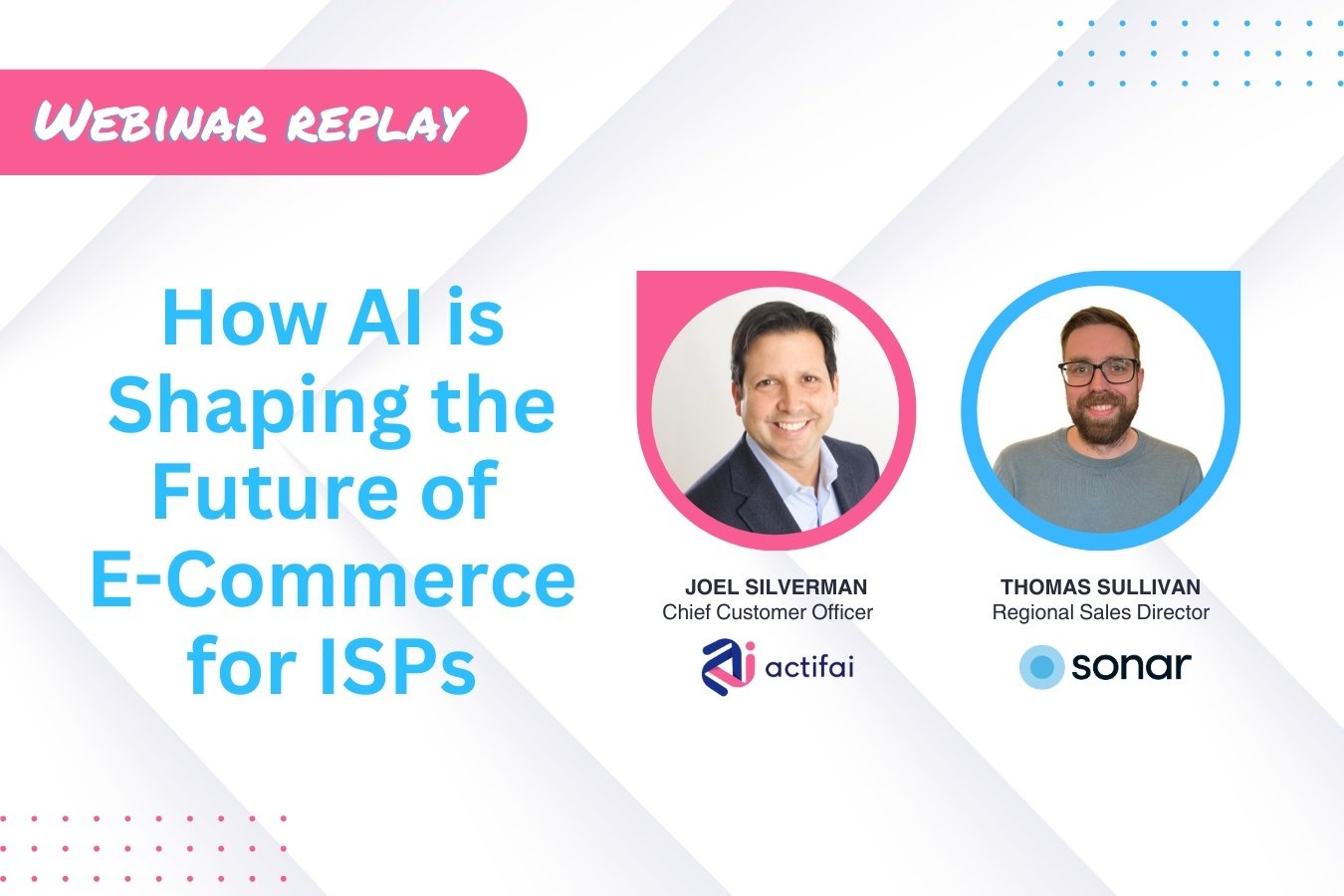1 min read
Creative Revenue Streams for ISPs: How to Stay Ahead in the AI Era
A few days ago, I got a text from my internet service provider, Bell. It wasn’t about billing or data usage—it was something unexpected. As one of...
2 min read
 Steve Shillingsburg
:
Jun 17, 2024
Steve Shillingsburg
:
Jun 17, 2024

In the fast-paced world of internet service provision, where bandwidth demands are skyrocketing and customer expectations are higher than ever, the ability to manage and optimize network traffic is paramount. Traditional methods are no longer sufficient to handle the complexities of modern networks. Enter Artificial Intelligence (AI), the transformative technology poised to revolutionize how ISPs manage and optimize their networks.
AI, with its ability to process vast amounts of data in real-time, is like an intelligent traffic conductor, orchestrating the flow of information across your network with unprecedented precision and efficiency. It analyzes traffic patterns, identifies bottlenecks, and proactively reroutes data to ensure smooth sailing, even during peak usage times.
By embracing AI, you’re not just upgrading your network; you’re future-proofing your business. The future of ISPs is AI-driven, and those who adopt this transformative technology will be well-positioned to thrive in the digital age.


1 min read
A few days ago, I got a text from my internet service provider, Bell. It wasn’t about billing or data usage—it was something unexpected. As one of...

Recently, I had the pleasure of moderating a fantastic webinar hosted by the Fiber Broadband Association, where my colleague Thomas...

1 min read
Imagine you’re in a high-stakes race where everyone around you is speeding ahead in fully loaded jets, and you’re still pedaling a bike. That’s where...